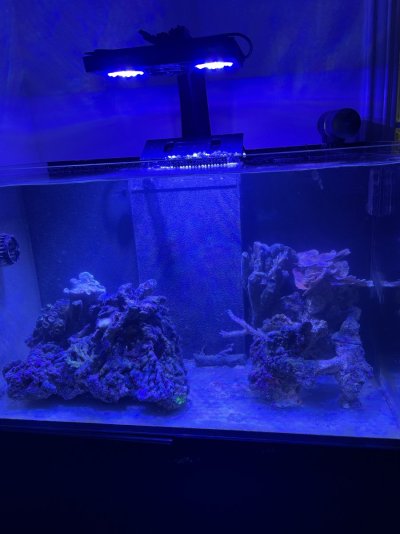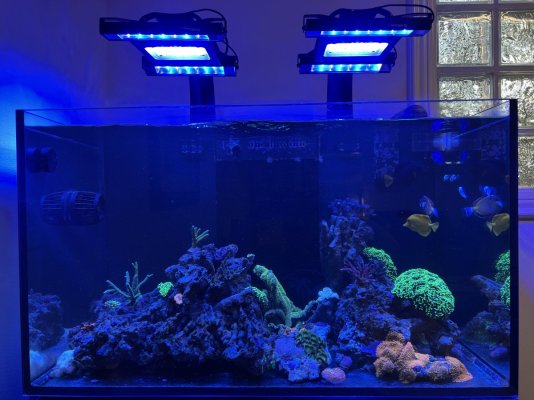Limit your resivour to the amount that can be safely added without overflowing is one fail safe to add.
Use air breaks - Don’t put the end under water in the tank to eliminate back flow problems.
And a snail will find its way into an overflow and flood the place anyway. Lol Murphy. Add flood/water sensors of your choice to help limit the scope when the inevitable accident does happen.
Use air breaks - Don’t put the end under water in the tank to eliminate back flow problems.
And a snail will find its way into an overflow and flood the place anyway. Lol Murphy. Add flood/water sensors of your choice to help limit the scope when the inevitable accident does happen.























